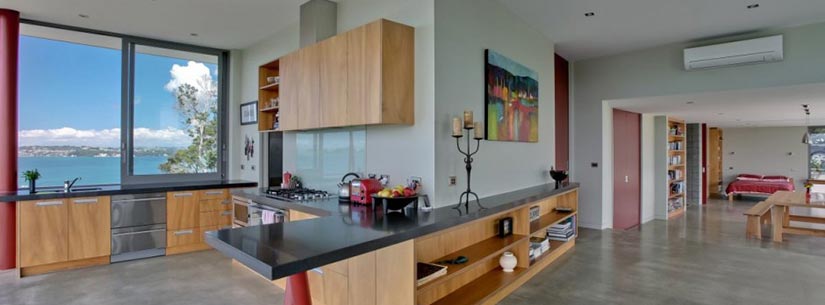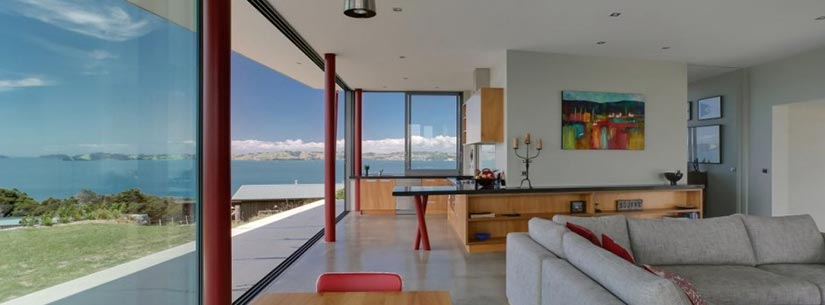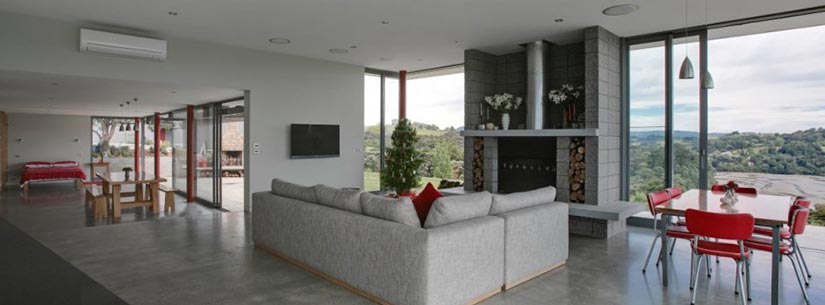FAQ
Individuals and companies who design and install home automation systems are called INTEGRATORS. A good integrator needs to know about construction techniques, building codes, home wiring, computer networks, mechanical systems, software programming, and all those gadgets and hardware you need to control with your automation system.
In addition to the design, installation, and programming, an integration contractor will typically provide most of the electronic components, wiring, and materials needed for your home's entertainment, lifestyle, and automation systems.
That's a lot to get right.
Nothing to do with the Road Code. Infrared, Serial and IP are the flavours of control (or transport protocols) used by most manufacturers to provide control over their appliances.
Obviously the stick or card remote of infrared controllers is the most common. It's been the mainstay of control for much of the modern electronic age, but it's limited to sending commands, not for receiving feedback messages. Feedback or full two-way feedback is the message that is sent back from a device when it responds after a command is received. This message could be to announce information such as, its power status, volume level, or track being played on the system.
Serial and IP are protocols capable of full two-way feedback. IP travels natively over your home networks and is the way many new components are being controlled now. If the appliance has an app it's likely it will be using IP for control.
With Blink we store all the various remote codes, either IR or Serial, as IP commands, to be be sent around the home to the correct appliances and then converted back into their native command language using our control endpoints.
As many as you like, but typically most installs will use an IR-based endpoint per zone. One of these devices can transmit codes to up to 6 devices. If any of your devices are network controllable then an endpoint is not required for that device.






